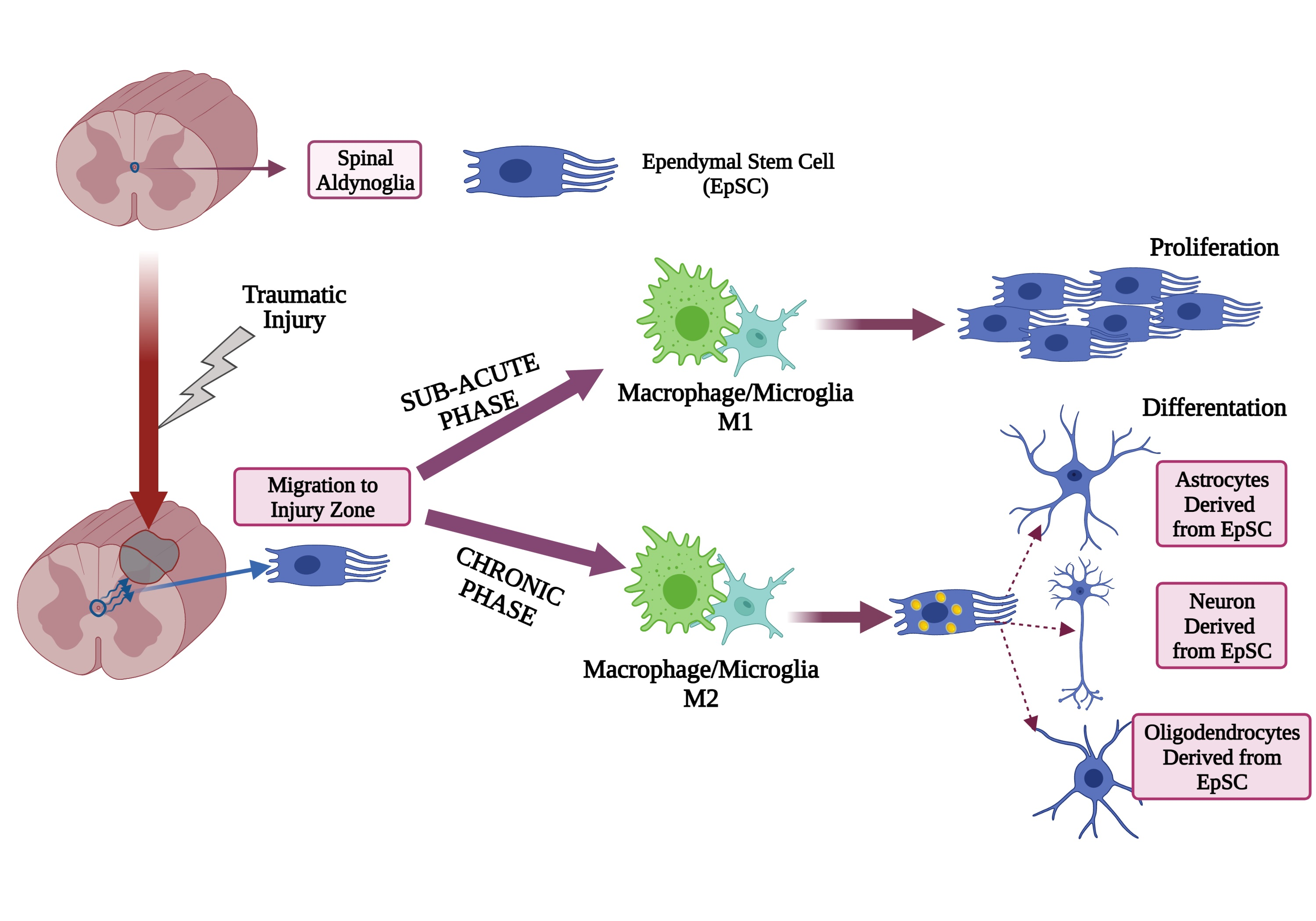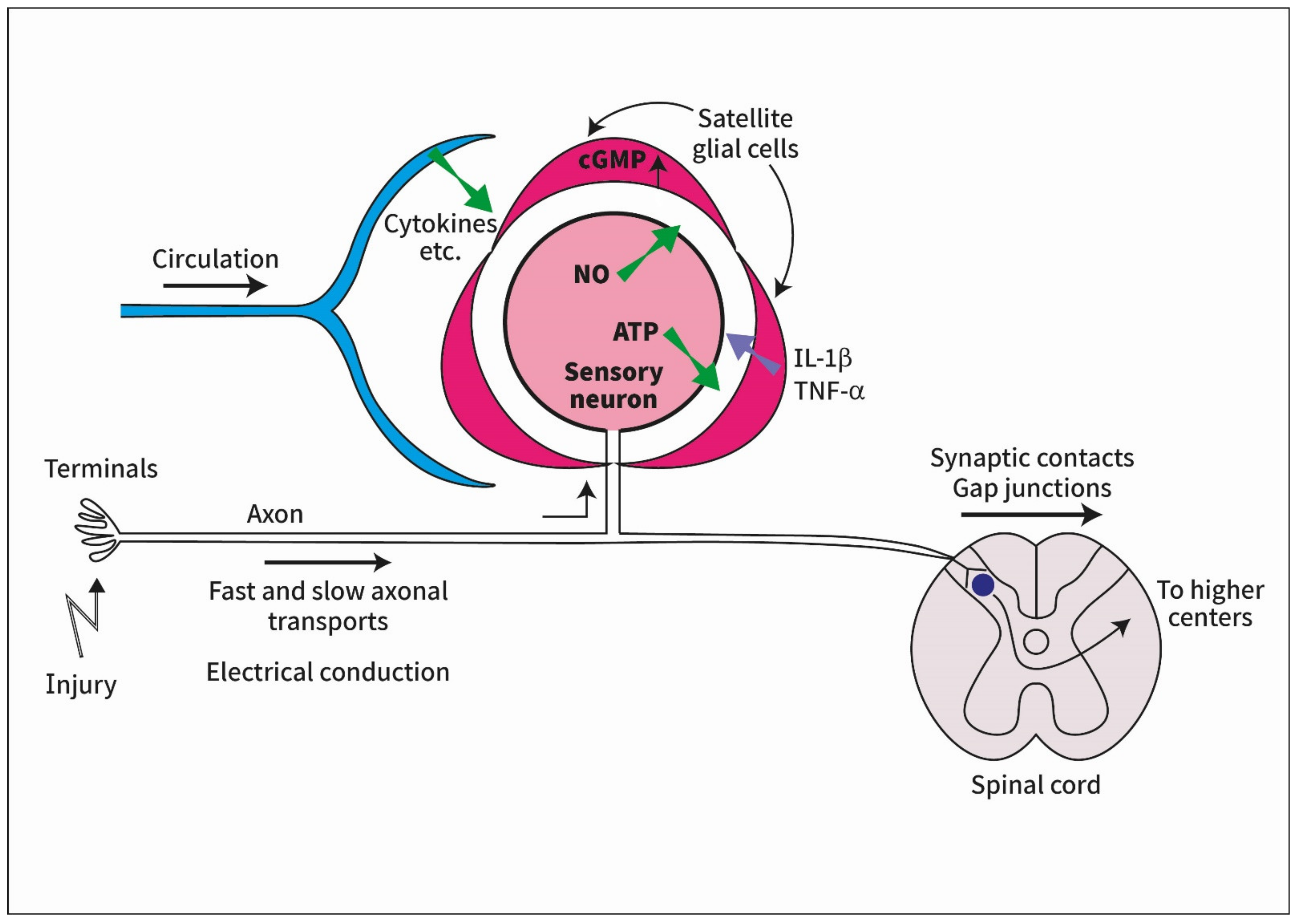How Do Cells Respond if a Complex Organism Is Injured
They target cells infected by viruses or bacteria abnormal or cancerous cells and cells of infused or transplanted foreign tissue. Thus T cells are best suited for cell-to-cell interactions.

Cells Free Full Text Role Of Aldynoglia Cells In Neuroinflammatory And Neuroimmune Responses After Spinal Cord Injury Html
A diapedesis during which cells line up against the capillary wall B margination which is the process of white cell movement through the walls of capillaries into injured tissues C mainly neutrophil and macrophage migration into inflamed areas D monocytes as.

. Mitochondrial translocation from MSCs to. Cell walls are unnecessary here because the cells only live in the controlled osmotic environment of other cells. The immune system may be viewed as an organ that is distributed throughout the body to provide host defense against pathogens wherever these may enter or spread.
They have nuclei and do not contain hemoglobin. The morphology of white blood cells differs significantly from red blood cells. Consequently our understanding of metabolic heterogeneity among cells within.
Within the immune system a series of anatomically distinct compartments can be distinguished each of which is specially adapted to generate a response to pathogens present in a particular set of body tissues. T cells can recognize and respond only to processed fragments of protein antigens displayed on the surfaces of body cells APCs and others. It is likely they had the ability to form a cell wall at some point in the past but as their lifestyle became one of existence inside other cells they lost the ability to form walls.
The different types of white blood cells are identified by their microscopic appearance after histologic staining. Some live only for hours or days while some live for years. Metabolism has been studied mainly in cultured cells or at the level of whole tissues or whole organisms in vivo.
MSCs can donate healthy mitochondria to damaged cells rescuing aerobic respiration in cells with mitochondrial genetic defect and reprogramming and restoring bioenergetics needs of injured cells in various disorders such as brain stroke ischemic heart lung kidney and degenerative diseases 163166. White blood cells are formed continually.

Cells Free Full Text How Is Peripheral Injury Signaled To Satellite Glial Cells In Sensory Ganglia Html

Tissue Injury And Aging Anatomy And Physiology I

Mechanisms Of Tissue Injury In Lupus Nephritis Trends In Molecular Medicine
No comments for "How Do Cells Respond if a Complex Organism Is Injured"
Post a Comment